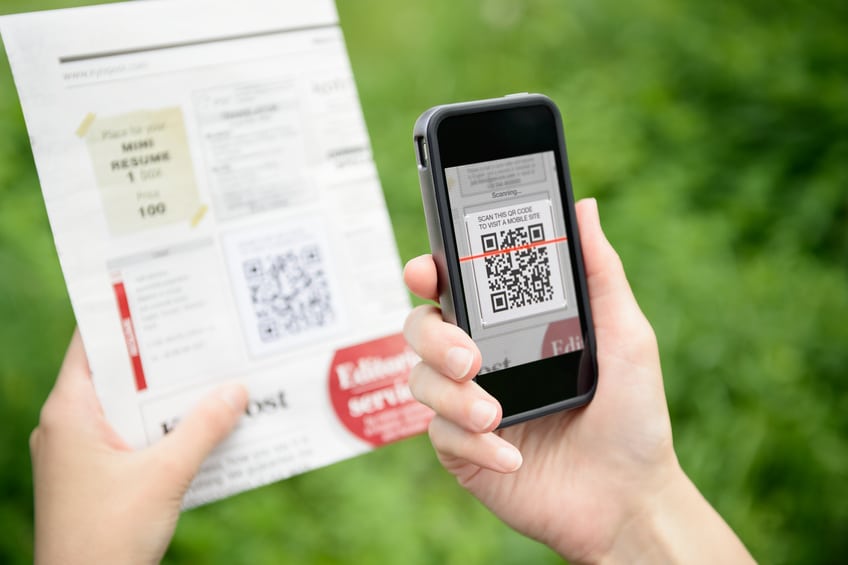We’ve all seen them — those square, black and white, pixelated images that appear in print advertising and posters.
These are quick response (QR) codes.
If a person scans them using a QR “reader” or “scanner” on their smartphone, they are taken to a specific webpage to get more information about a particular product or service.
Marketers love QR codes. First, QR codes look really cool; they appear very cutting edge. Second (and most importantly), they have the potential to provide metrics about their consumers: phone type, the time scans were made, the frequency of scans, etc.
It’s understandable that municipalities want to use QR codes in their communication efforts.
But before you starting putting QR codes on everything, ask yourself, “Have I ever scanned a QR code?”
The answer, most likely, is no. A study from 2013 indicates that “only 21% of American smartphone owners say they’ve ever scanned a QR code.”
Do you have a QR reader on your smartphone? Do your family and friends have QR readers on their phones? Do they use them? It’s interesting that Apple doesn’t provide a QR reader as part of its default pre-loaded apps.
That being said, you should definitely experiment using a QR code to see if they work for your communication efforts.
Here are a few things to consider:
Make your own QR code. Use a service like www.qr-code-generator.com.
Set-up web analytics. While it’s great to include a QR code in a print newsletter, you need to ensure you have analytics to track how that QR code interacts with your website. If you can’t gauge the use of your QR code, how can you determine whether including a QR code is helpful?
Ensure the QR code goes somewhere meaningful. There’s nothing worse than reading a newsletter article, being told to “Scan the QR code to get more information,” and the webpage you visit displays only a copy of the article you just read. You should provide content and information the user wouldn’t have seen without visiting the webpage. Better yet, make it a unique webpage to better assist with your analytics.
Ensure the QR code goes to a webpage that is mobile-friendly. People will be scanning a QR code with their tablet or smartphone. Ensure the webpage scales appropriately for these smaller screen sizes.
Don’t put a QR code on a webpage. If someone is visiting your website using a desktop computer, or a tablet or smartphone, why would they scan a QR code to go to another webpage? On a website, provide web links or buttons. If you want residents to download a mobile app from your website, provide buttons to your app store, not a QR code.





